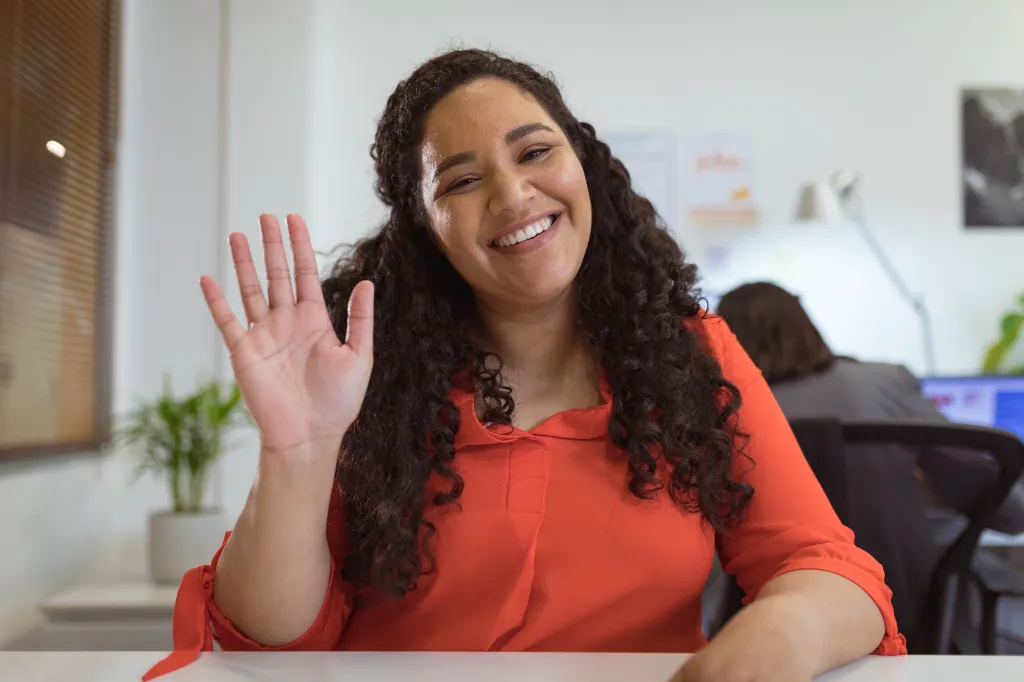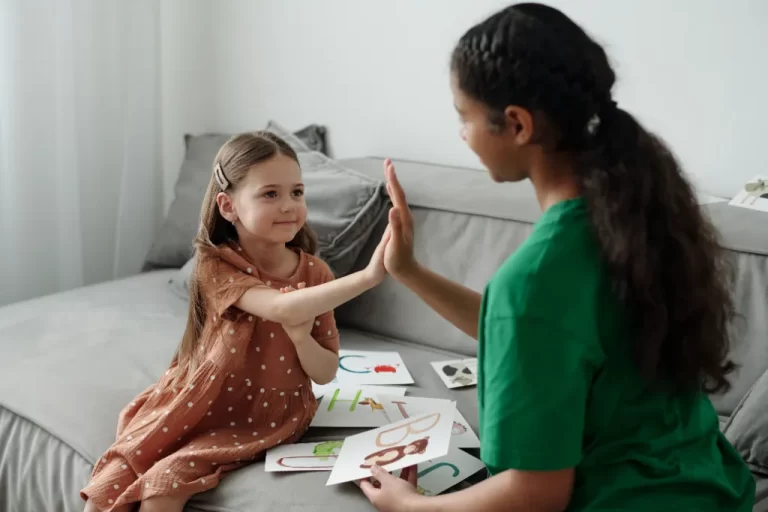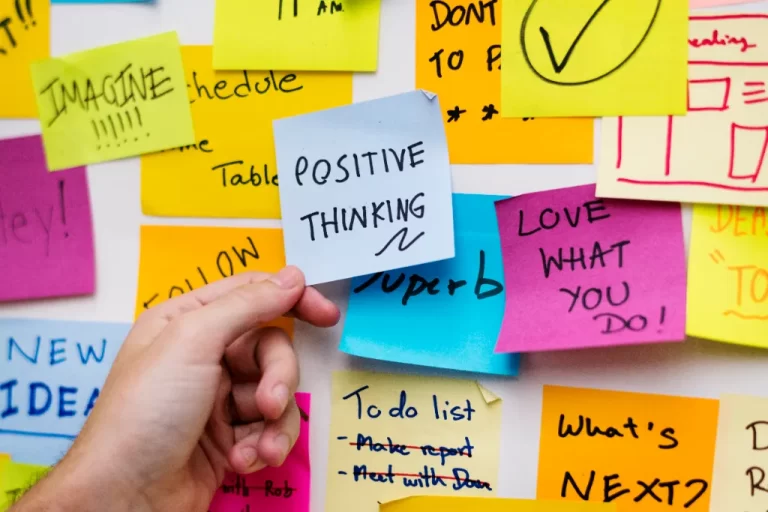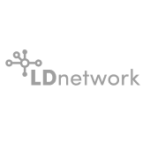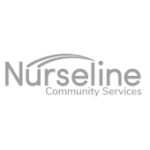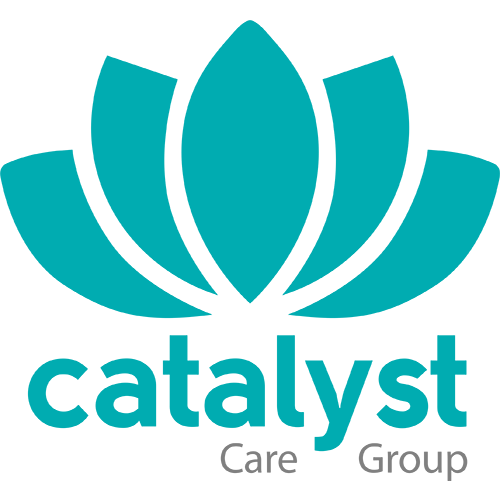Defining Makaton
Makaton is a unique way of communicating and was developed in the early 1970s, using signs and symbols. The name comes from the speech and language therapists who created this communication method – Margaret Walker, Katherine Johnston and Tony Cornforth. Makaton is used to support spoken language, especially for people with learning difficulties, autism, and communication difficulties. Most of the people who use Makaton are not considered a part of the Deaf community. Today, there are more than 100,000 people who use this language.
The goal of Makaton is to help children and adults overcome obstacles to communication by being able to communicate with others more easily. Makaton opens up the opportunity to help people connect and communicate with others in an inclusive and meaningful way by breaking down communication barriers and frustrations of not being correctly understood. The Makaton system is based on the grammar structure of the English language and is mainly used in the UK, although 40 other countries have accepted it as a way of communication.
Exploring British Sign Language (BSL)
British Sign Language is the preferred sign language of about 150,000 people in the UK. It has its own vocabulary and grammar, and unlike Makaton, it is not dependent on spoken English.
BSL has evolved over the years and became recognised as an official language in the UK in 2003. Some parts of the UK have developed their own unique dialects and colloquialisms, which means that some people living in the south of England may use different signs to communicate with others living in Scotland or the north.

Other elements significantly impacting how sign language is communicated include gestures, facial expressions and body language, which help make the language unique for every region. BSL is mainly used by people with hearing loss, their friends and family and other communication professionals.
The Distinction Between Makaton and BSL
Makaton and British Sign Language are completely different, and different communities use them. Makaton combines signing, symbols and speech that help people with communication or learning difficulties. It is not a complete language like British Sign Language, but it is a supporting communication system that uses its own signs, some BSL signs, and spoken English words and symbols. Makaton is a crucial communication method for more than 100,000 people across the UK.
BSL is a complete, naturally developed language with an extensive vocabulary and syntax, mainly used by the Deaf community. In the UK, around 145,000 people use BSL to communicate. People who start learning sign language usually begin by using basic signs with English lip patterns before understanding the linguistic elements of British Sign Language. BSL is not an international language since hundreds of sign languages exist worldwide. BSL is independent of English and evolved over centuries by developing complex grammar and facial and body movements, becoming a rich and culturally significant language.
Similarities Between Makaton and BSL
While they are used for different reasons, there are many similarities between Makaon and British Sign Language.
Some of the similarities include:
- Visual Communication: Both Makaton and BSL are visual forms of communication. They utilise hand gestures, facial expressions, and body movements to convey meaning.
- Use of Signs: Both Makaton and BSL involve using signs to represent words or concepts. However, the complexity and structure of the signs differ between the two systems.
- Enhanced Communication: Both systems aim to improve communication for individuals with difficulty expressing themselves. They provide alternative means of communication accessible to people with hearing loss or other communication challenges.
- Facial Expressions: Both Makaton and BSL value facial expressions, as they play a crucial role in conveying nuances of meaning and emotion.
- Gesture-Based: Makaton and BSL are gesture-based forms of communication, meaning they rely on physical movements to convey meaning rather than auditory cues.
- Community Usage: Both Makaton and BSL have communities of users who learn and utilise the systems for communication. However, BSL is more widely used within the Deaf community as a primary means of communication. In contrast, Makaton is often used as a supplementary tool for individuals with various communication needs, including those with developmental disabilities or communication difficulties.
While there are similarities, it’s important to note that Makaton and BSL are distinct communication systems with different purposes, users, and structures. Makaton is often used alongside speech to support communication and language development. At the same time, BSL is a complete language with its grammar and syntax used by the Deaf community as their primary means of communication.
When Makaton and BSL Are Used
Makaton is helpful for children and adults of any age with various communication or speech needs. Makaton is used by a range of people, including individuals with a learning difficulty, people whose first language is not English or people who have lost their speech abilities because of an injury or illness.
Makaton can also help people living with:
- Autism
- Developmental Language Disorder
- Down’s Syndrome
- Global Developmental Delay
- Sensory Difficulties
- Verbal Dyspraxia
Makaton is also used to teach communication and skills development to children if they face difficulties with their verbal language skills. This method is used in mainstream schools to support all children in developing communication and literacy skills and supporting integration between children.
BSL is the primary language of the Deaf community in the UK, with more than 87,000 people in the UK using it as their first language. It is also estimated that 125,000 adults and 20,000 children use BSL as a form of communication.
Significance and Impact
Developed to close the gap between spoken words and languages and sign languages, Makaton’s signs and symbols create an inclusive way of communication. Makaton’s power lies in breaking down barriers and enhancing connections between individuals. Makaton’s universal language helps unify hearts and minds and nurture a world where compassion and empathy thrive.
Children with learning disabilities often face challenges in expressing themselves, and Makaton serves as a bridge between their intentions and effective communication by fostering language skills. Makaton’s inclusive nature nurtures social interaction and facilitates stronger connections between healthcare professionals, caregivers and the people they serve.
British Sign Language also enables people to meaningfully engage with each other and boost autonomy while improving the quality of life. Its adaptability makes it an indispensable tool for facilitating more transparent communication, promoting mental well-being, and delivering a person-centred care practice. It is also important to note that people can learn BSL and Makaton to actively participate in communication with the entire community.
Makaton Training for Clinicians with Unique Community Services
Unique Community Services provides proactive Makaton training. We accommodate beginners and advanced participants by delivering a carefully developed course that can equip clinicians with the proper tools to provide humanised care.
We offer training sessions delivered in a classroom-based format over Zoom and hands-on practical sessions. Upon completion, participants will receive a certificate that they have completed the training.
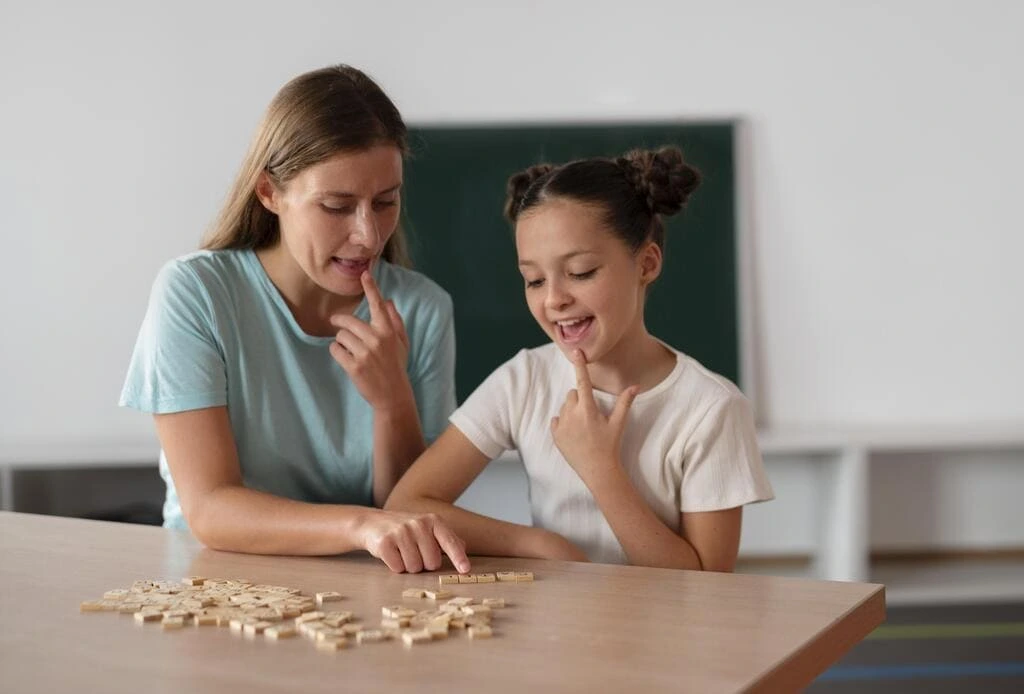

Unique Community Services is dedicated to fostering professional growth and supporting clinicians who seek to improve their skills and deliver bespoke care for people with complex care needs, including autism and learning disabilities.
Contact us today for more information, or visit one of our offices in Manchester, Bristol and Leeds.
FAQs
Can a Deaf Person Understand Makaton?
Makaton is a communication system that uses signs, symbols, and speech to support individuals with communication difficulties. It primarily relies on speech alongside signs and symbols, so the level of understanding may vary depending on factors such as exposure, training, and individual needs.
Which Countries Use Makaton?
Makaton is utilised in various countries worldwide, although its prevalence may vary. Initially developed in the United Kingdom, Makaton has gained recognition and adoption in Australia, New Zealand, Ireland, and parts of Europe. Its usage continues to expand globally as an effective tool for communication support, particularly for individuals with developmental differences or communication difficulties.
Can You Learn Makaton for Free?
Yes, learning Makaton for free through online resources, workshops, and community events is possible. Many organisations and educational institutions offer materials at no cost to promote accessibility and inclusivity. Additionally, numerous online tutorials, videos, and printable resources are available for self-paced learning. While some advanced Makaton training programs and BSL courses may require a fee, individuals interested in acquiring basic skills can access a wealth of free resources to start their learning journey.

